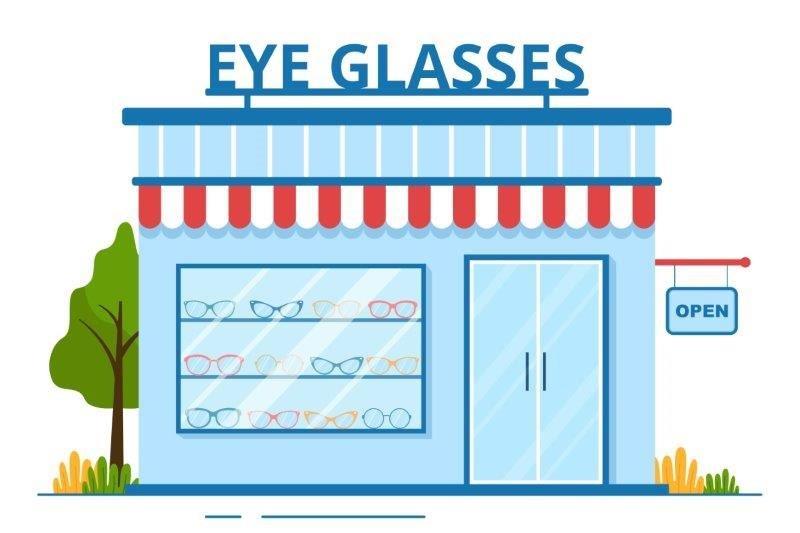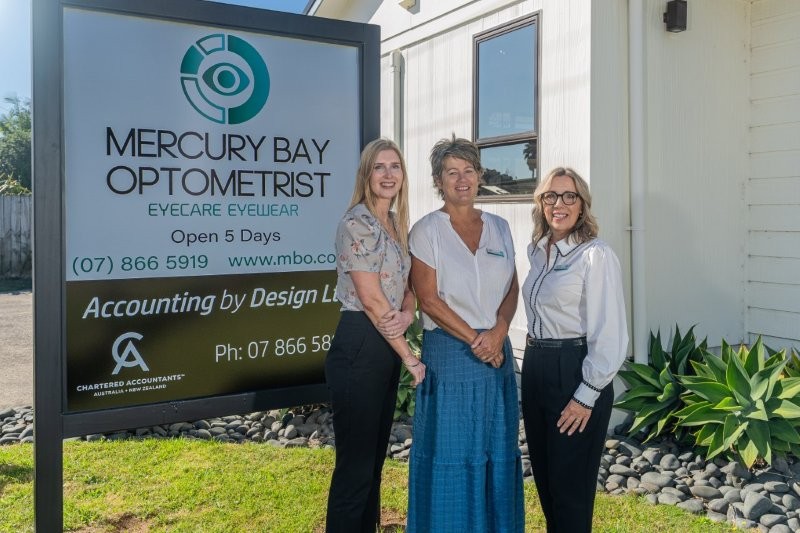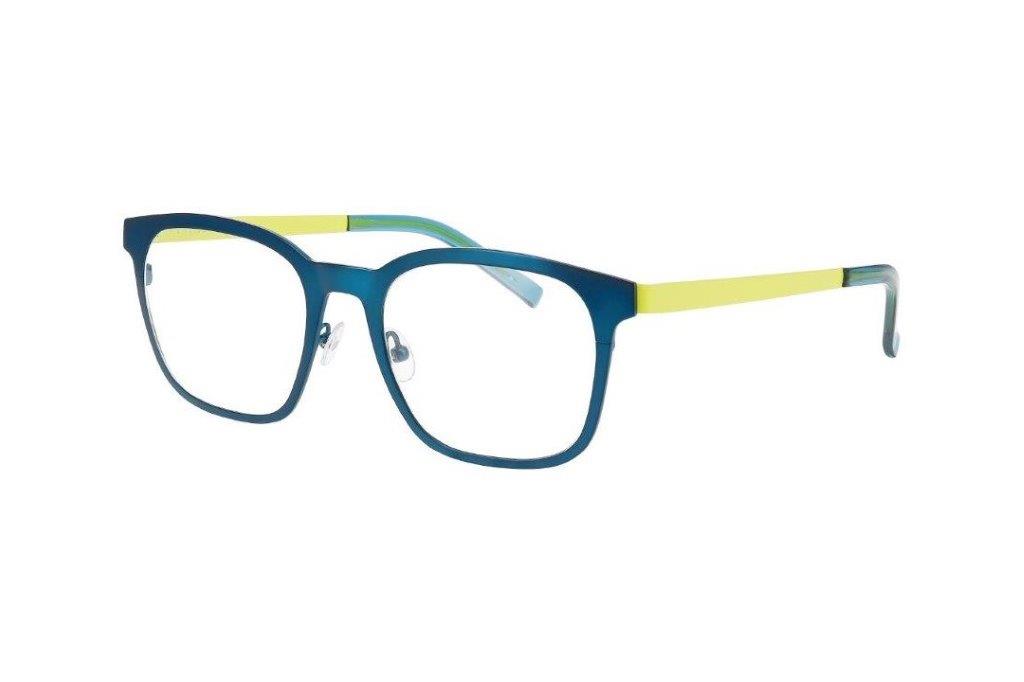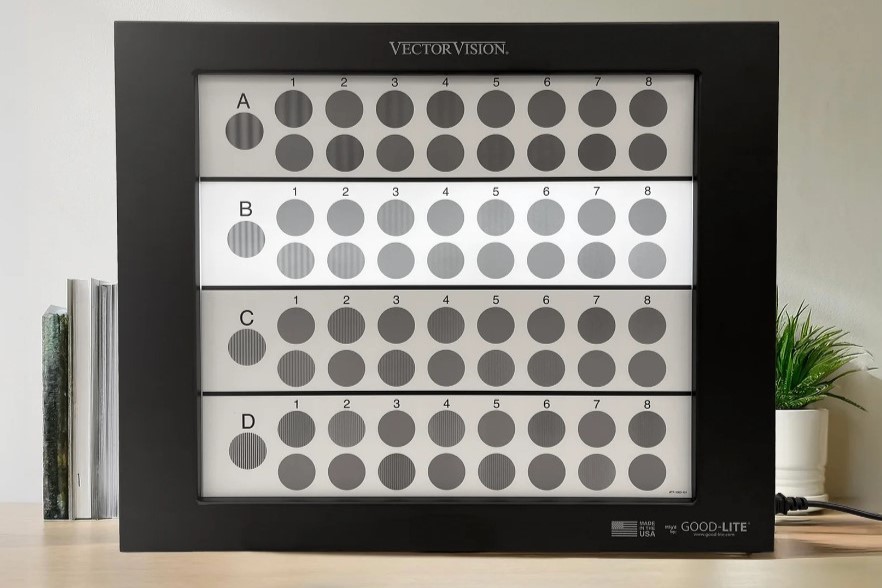Optometry practices in hot demand
Despite the sluggish economy, demand for optometry practices is growing, according to licenced real estate agent Stuart Allan. “I’ve been selling optometry practices for 20-plus years and I’ve never had this level of enquiry before from individual optometrists wanting to purchase their own practice.”
Optometrists are interested in purchasing outright or buying a shareholding, which is the traditional pathway of purchasing in the industry, he said, adding there is also interest from several groups (corporate and independent) looking to expand.
Drawing from conversations with potential buyers, Allan attributes the trend to optometrists’ and dispensing opticians’ desire to shape their own work/life balance and to the monetary reward involved with ownership. “The Covid-19 lockdowns made us all stop and take stock, asking ourselves ‘Is this it, am I happy doing this for the rest of my life and what does the next 5–10 years look like?’ I believe we’re seeing the result of that thinking coming to fruition now,” he said.

Stuart Allan
Although there’s national interest, Auckland and other metro centres are always in hot demand, largely due to family connections, the main centres’ connectedness and younger professionals wanting the bright lights, he said. “Interestingly, you’ll find the more profitable practices in the suburbs and in the provinces, where they typically also have fewer competitors, lower cost of living and lower business overheads. And in those locations, you can expect a patient base ranging from paediatrics through geriatrics, something that is attractive to many.”
However, those looking to invest in the industry need to have a comprehensive plan of how they wish to compete, Allan said. “Highly successful practices typically have a clear and strong point of difference, be it clinical with a strong subspecialty (ortho-k, behavioural optometry, hard contact lenses, etc) or fashion. In terms of revenue streams, profit in this industry comes from the sale of products, while professional eyecare services typically only generate about 12–15% of the revenue. For this reason, I have always been a strong supporter of dispensing opticians as practice owners.”
Allan recommends entry-level ownership candidates reduce their risk by buying an existing practice with a positive cash flow and a solid patient database. He also has a reading tip for first-time buyers, Buy Then Build by serial acquisition entrepreneur Walker Deibel.
“The industry I entered 25 years ago is about to go through some of the biggest changes to date, with advancing technology and AI. We have population growth due to immigration and an ageing population. Come 2050, though, there will be a completely different demographic mix and ... everyone should have a pretty good eye on the changes ahead for the industry if you’re looking to buy into it,” he said.
























